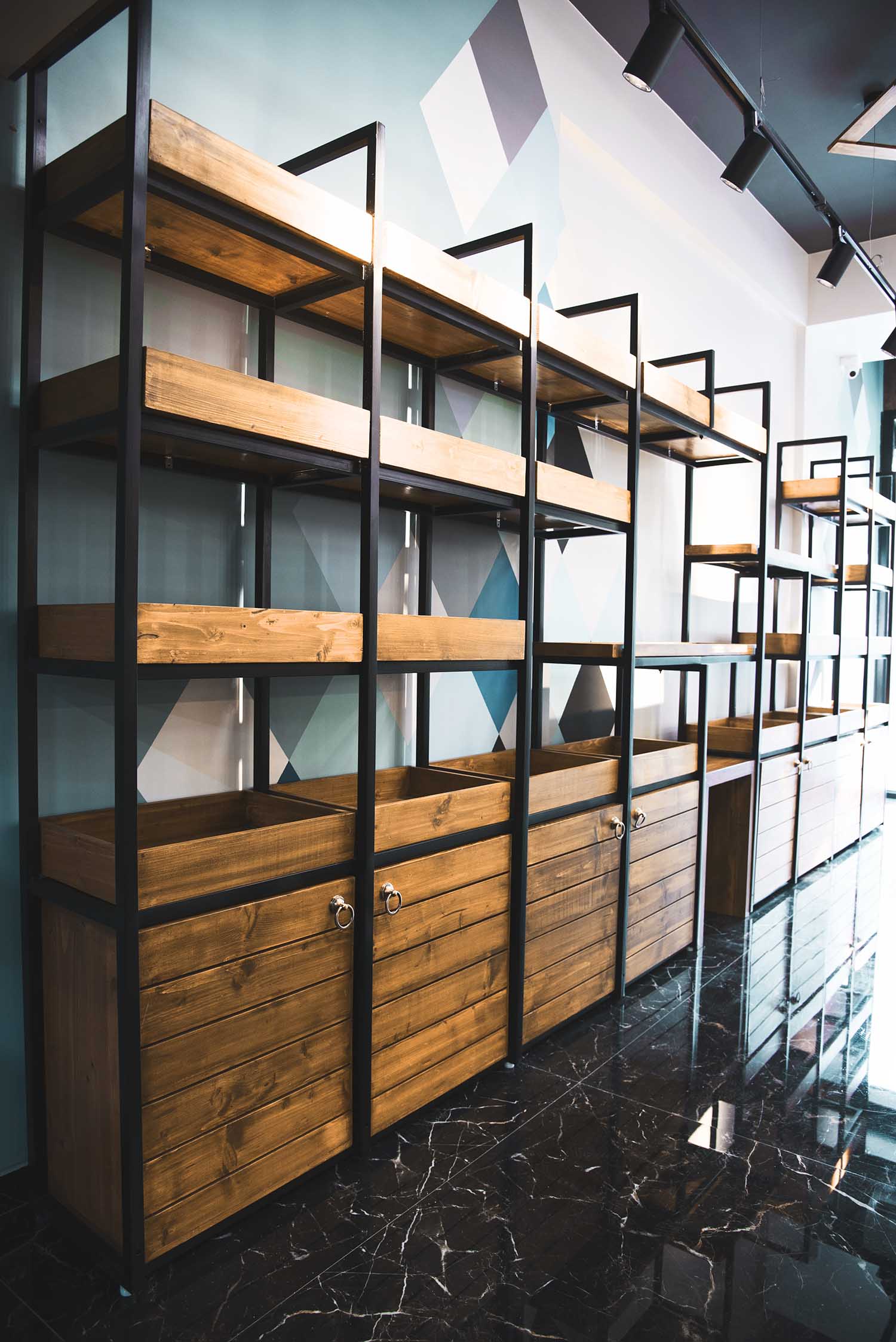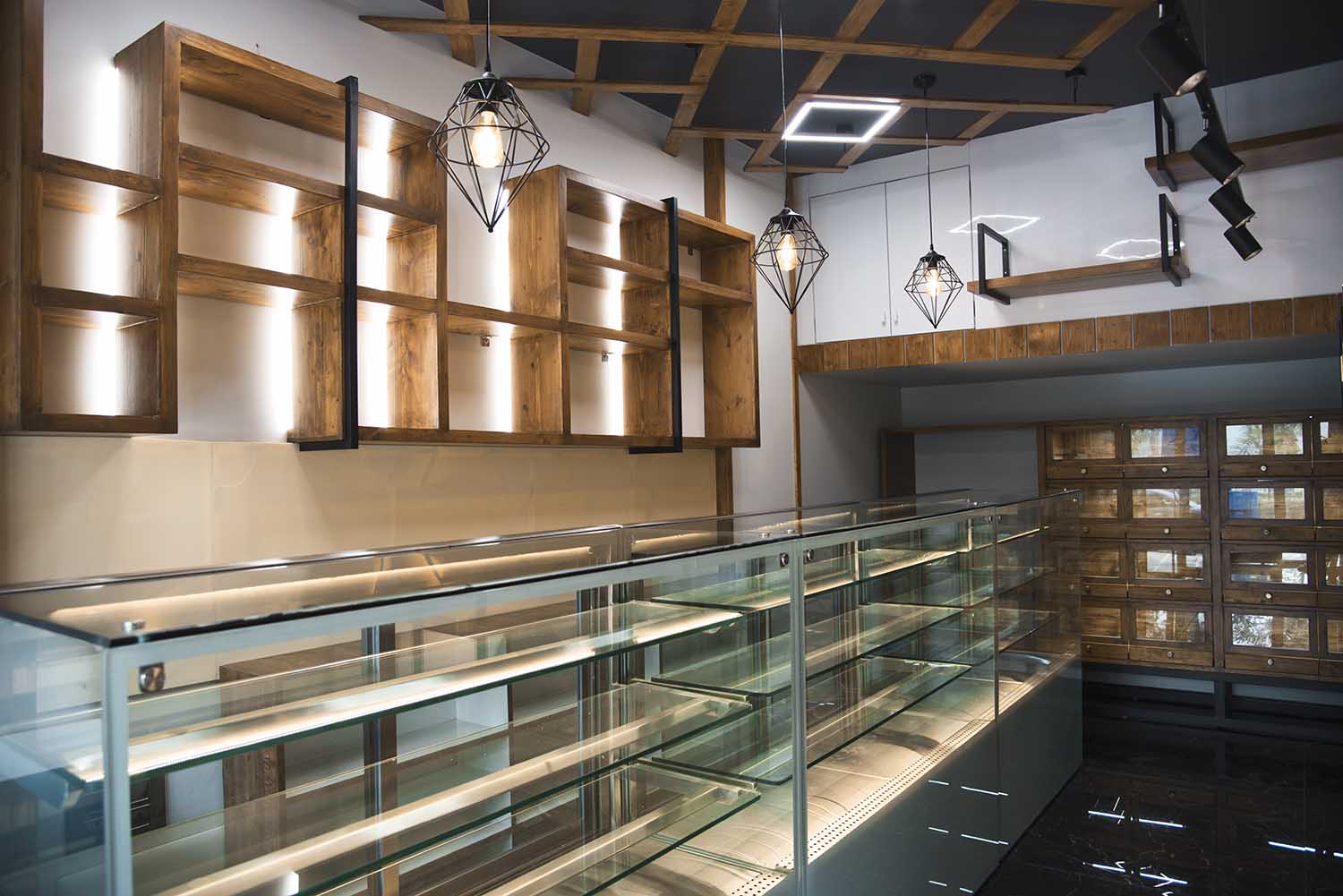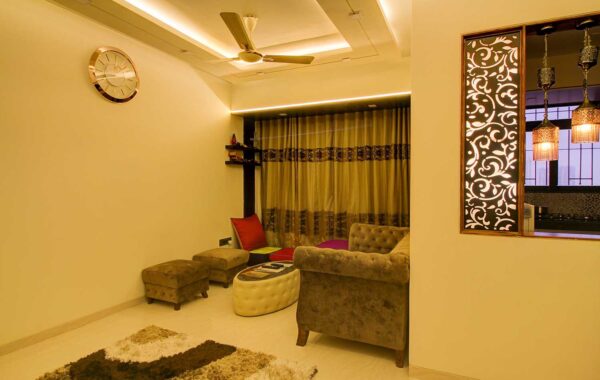The design of a workspace plays a crucial role in the productivity, well-being, and satisfaction of employees. As architects and interior designers, we have the opportunity to create functional and inspiring office environments. In this blog post, we’ll explore the principles of office design that enhance productivity and employee well-being.

Open vs. Closed Spaces:
Consider the balance between open-plan layouts that promote collaboration and closed spaces that provide privacy for focused work. Hybrid designs can often offer the best of both worlds.
Natural Light and Views:
Prioritize natural light and views of nature when designing office spaces. These elements have a positive impact on mood and overall well-being.
Ergonomics:
Choose ergonomic furniture and accessories to reduce the risk of discomfort and injury among employees. Adjustable desks and supportive chairs are essential.
Color Psychology:
Incorporate colors that enhance productivity and creativity. Blues and greens can promote focus, while pops of vibrant colors can stimulate creativity.

Designing for Small Spaces: Tips and Tricks for Maximizing Space
Flexible Workspaces:
Design flexible workspaces that allow employees to choose the environment that suits their tasks best, whether it’s a quiet corner for concentration or a collaborative area for brainstorming.
Biophilic Elements:
Integrate biophilic design principles by adding indoor plants, natural textures, and materials inspired by nature to create a more calming and inspiring workspace.
Technology Integration:
Ensure that the office is equipped with the latest technology to support collaboration, communication, and productivity.
A well-designed office space can have a profound impact on the success of a business by improving employee satisfaction, productivity, and overall well-being.




